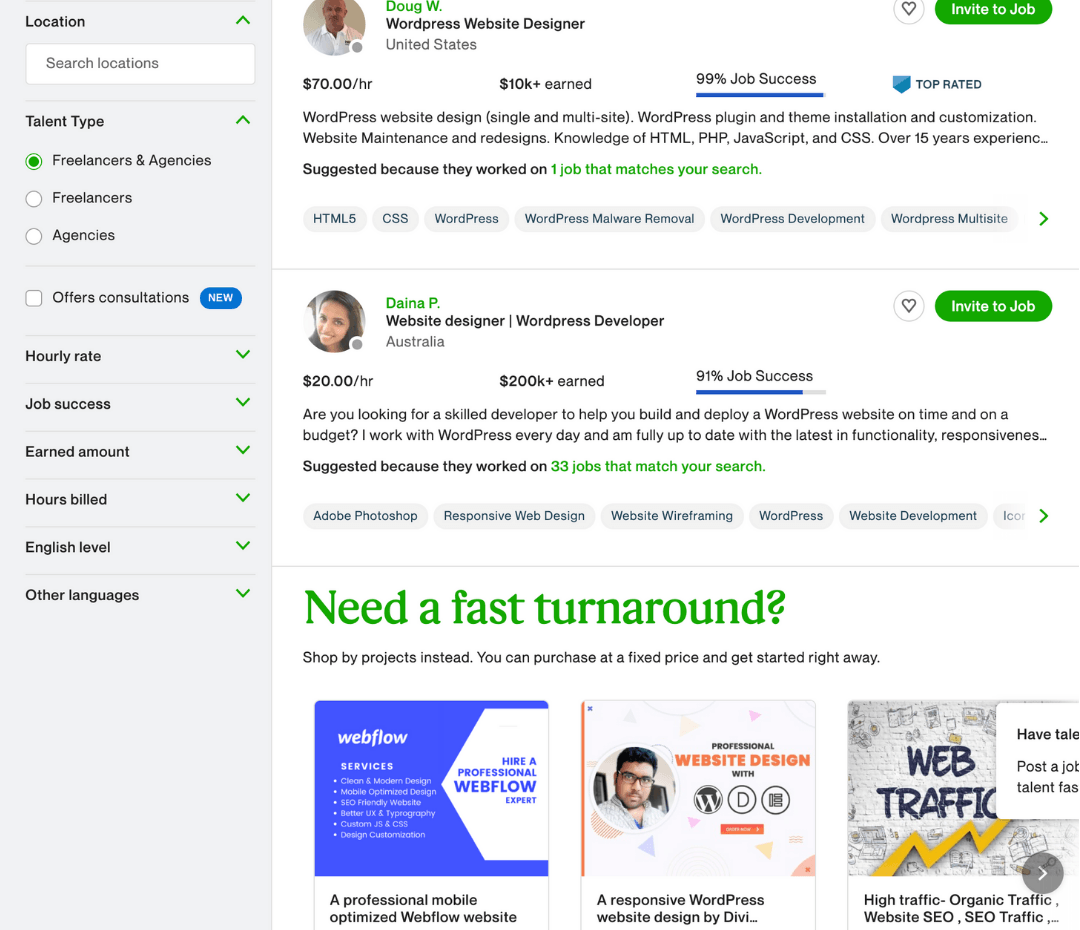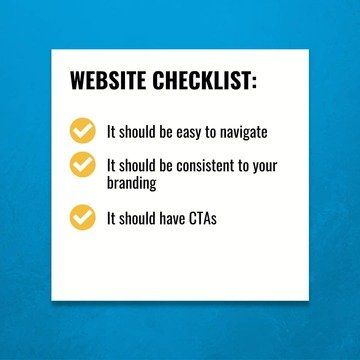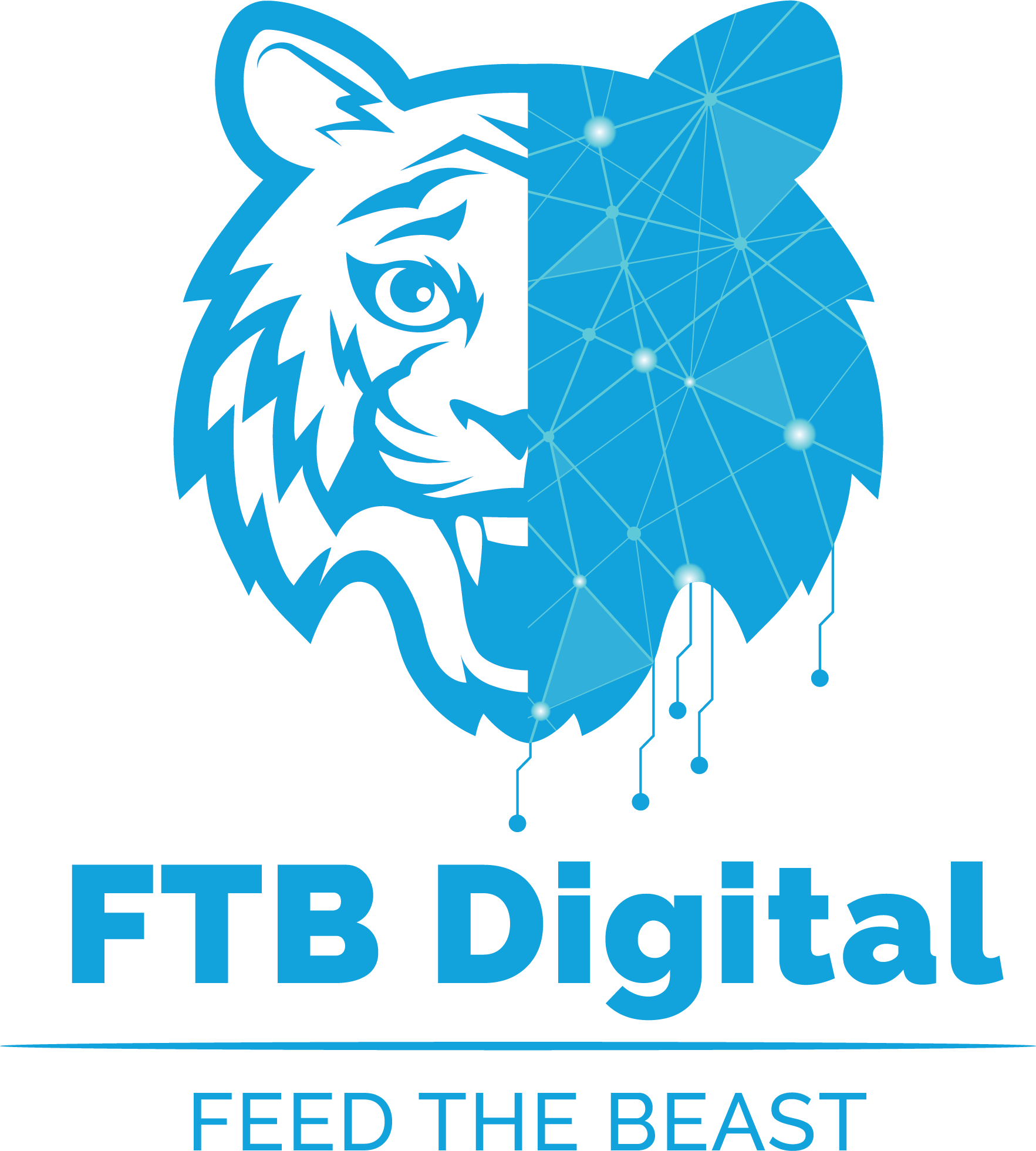How To Craft A Winning Web Design Proposal
What Website Design Professionals Should Consider When Making a Proposal
How To Craft A Winning Web Design Proposal
An expertly crafted web design proposal is one of the most important factors in closing small business customers for digital marketing agencies and professionals. It’s your chance to lay out both your vision for your potential customer's online presence and a roadmap of how you intend to get there.
A proper web design proposal will follow a basic template, but always tell a compelling story. To accomplish this, you want to ensure your proposal presents a solution that fits the needs of your customer and leaves them feeling confident in your recommendations. Sometimes that means creating a fully custom-built WordPress site with complex backend integrations; but often it simply means creating a 4-5 page site that’s flexible enough to integrate with the other services. Either way, the importance of a well-crafted web design proposal remains the same.
In this blog post, we’ll cover what you should put in a web design proposal and how you can create a web design proposal template to use again and again.
But first, let’s answer a basic question…
WHAT IS A WEB DESIGN PROPOSAL?
In short, a web design proposal is an outline of what you intend to deliver to your potential customer along with a breakdown of expected costs, a timeline, and a summary of any ongoing service agreement. A winning web design proposal will contain:
- A brief summary or introduction of your service
- A brief examination of the customer's problems
- An explanation of goals and breakdown of how your solution will accomplish those goals
- A project scope that includes terms for updates and maintenance
- An explanation of customer expectations and responsibilities
- Costs and fees associated with the project
The format you use for your web design proposal is entirely a matter of personal choice. Long form PDFs, slide presentations, and even infinite scroll landing pages all work well. We’ll talk a little more about formatting at the end of this post.
GETTING READY TO WRITE YOUR PROPOSAL
As mentioned in the introduction to this post, your web design proposal is much more than a quote for a design project. Small business owners care deeply about how the brands they’ve worked hard to build and want to know that they’re putting it in the hands of someone who will tell their story the right way. To win customers, you’ll need to demonstrate in your web design proposal that the person they’re looking for is you.
Every proposal will differ slightly, but this theme should be a guiding principle for each one you put together. As you create a template for your agency’s web design proposals, you may want to build in a section for client-specific details that will catch your potential customer’s attention.
YOUR WEB DESIGN PROPOSAL INTRODUCTION
The introduction of your web design proposal will depend heavily on whether or not you’re working with a warm or cold client. For potential customers you’ve discussed the possibilities of a new web design project with, it’s safe to assume that you can simply include a brief note about what your proposal entails along with your agency’s contact information .
However, if you’re sending off a web design proposal to an entirely cold prospect who knows little about you and your service, you’ll probably want to make this section a bit more robust.
Information you may want to present includes:
- Example websites you previously worked on similar to those of your new client
- Your average increases in traffic and conversions achieved by your websites
- Expected Google Lighthouse score improvements
- Short case studies that include conversion and engagement metrics for sites you’ve created similar to the one you’re proposing
- A brief statement of work that outlines the scope of the services your agency will be providing to the customer A summary of your proposed timeline
LAYING OUT YOUR CUSTOMER’S PROBLEM
It seems pretty logical that a small business owner would readily understand the problems your digital marketing agency is proposing to solve. However, this may not actually be the case.
Most small business owners are not incredibly tech savvy, and almost certainly don’t understand the complicated process of substantially updating or launching a website. Let’s walk through a brief scenario to demonstrate what we’re talking about.
Example Scenario
Let’s say your potential customer has an existing website and believes their problem is it doesn’t rank well enough in Google search results. Now let’s say that upon inspecting the site, you realize one of the reasons it isn’t ranking well is because of poor pagespeed due to way-too-large image sizes.
Example Action
You’ll want to diagnose this exact problem of poor pagespeed and prescript a solution in your proposal (in this case, lazy loading for images below the fold along with WebP formats might do the trick). This gives the customer a more concrete idea of what they can expect from your service and the real value you bring to their small business.
If this seems a little reminiscent of the way a doctor treats a patient, that’s not by happenstance. You are the expert authority on web design in your budding relationship with your new customer. Diagnosing and explaining their exact digital needs is one of the best ways to earn their trust and win their business.
OUTLINING THE GOALS OF YOUR WEB DESIGN PROJECT
Setting SMART goals is one of the most critical components of creating a winning web design proposal that will pay dividends as you progress through the project. ‘SMART’ stands for Specific , Measurable , Achievable , Relevant and Time-based . By following this format for presenting your goals, you can preempt any scope creep and ensure all stakeholders involved are clear on what success looks like.
Again, let’s set up a scenario to demonstrate what a presentation of SMART goals would look like.
Example Scenario
Let’s say you have a client that does not currently have a website, but would like to achieve a high customer conversion rate on their new site.
Example Action
When presenting the goals of the project in your web design proposal, you’ll want to:
- Offer a definition of ‘conversion rate’ (is the percentage of people that click on a CTA when visiting the site or the percentage of people who ultimately purchase a product or service).
- Highlight specific metrics — is a high conversion rate 4% or 8%.
- Inject realism into your goals. Avoid over promising on what your agency can deliver.
- Keep the goals relevant to what you’re trying to achieve. Boosting traffic may be a side benefit of increasing a conversion rate, but it’s not the primary goal of your project and should be kept out of this section (unless it’s an additional specific goal your customer wants to achieve).
- Set out a timeline for each of the goals you set. A 4% conversion rate in the first 48 hours of a new website doesn’t really tell you a lot about whether or not the goal has been met.
PROJECT SCOPE & MAINTENANCE TERMS
This is the heart of your web design proposal. The Project Scope & Maintenance Terms section of your proposal should cover in exact detail what your agency has agreed to deliver and the process/terms for its ongoing upkeep and editing.
Have you agreed to design a new logo to go along with the customer’s website? Do you need to conduct keyword research on behalf of your client? Is your team in charge of checking in with the client for regular updates or is it their responsibility to reach out to you? All of this should be well-documented in this section of your proposal.
Duda Protip — Websites generally stay fresh a bit longer than the apples sitting on your kitchen counter; however, that doesn’t mean that you can simply set it and forget it forever. A strong website needs at least semi-regular updates and maintenance to ensure it reflects the most up-to-date information about a small business and is producing the desired results. Without any type of ongoing monitoring, it’ll be more than a little difficult to achieve those SMART goals we discussed in the previous section. A structured maintenance package billed month-to-month will keep both your agency and customer on track to achieve success.
SETTING CUSTOMER EXPECTATIONS & RESPONSIBILITIES
See Original Article Here - https://blog.duda.co/web-design-proposal-how-to-craft-a-winning








